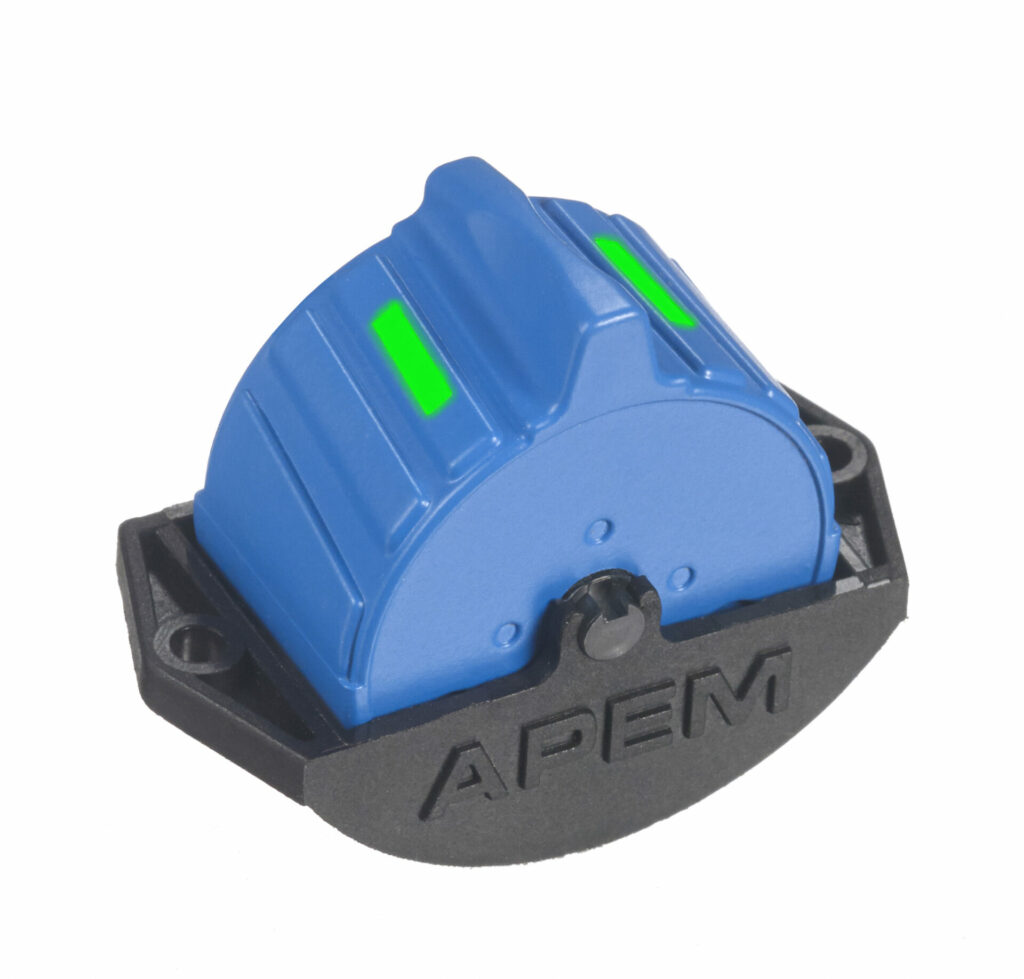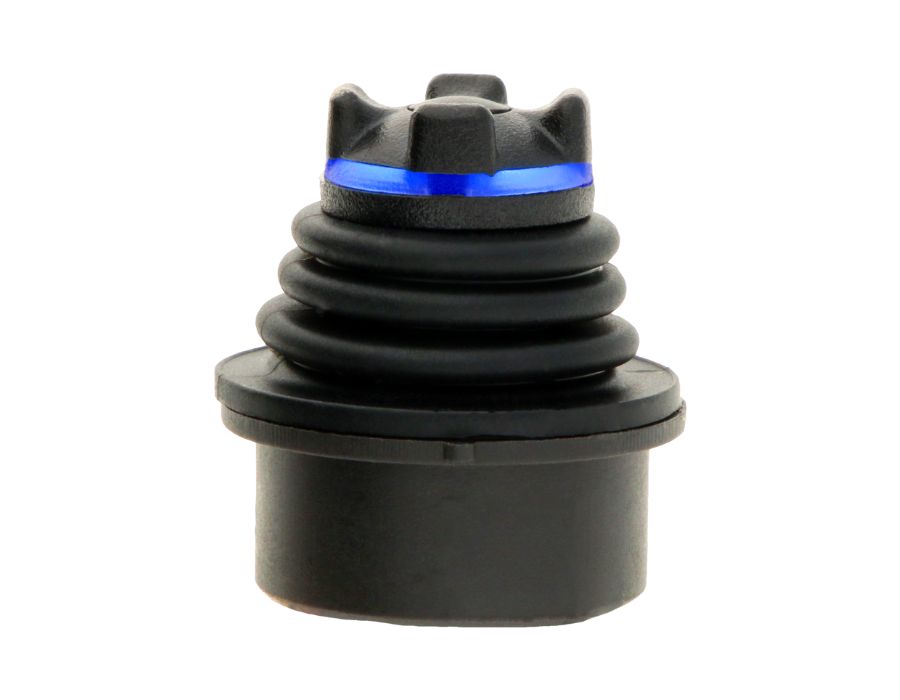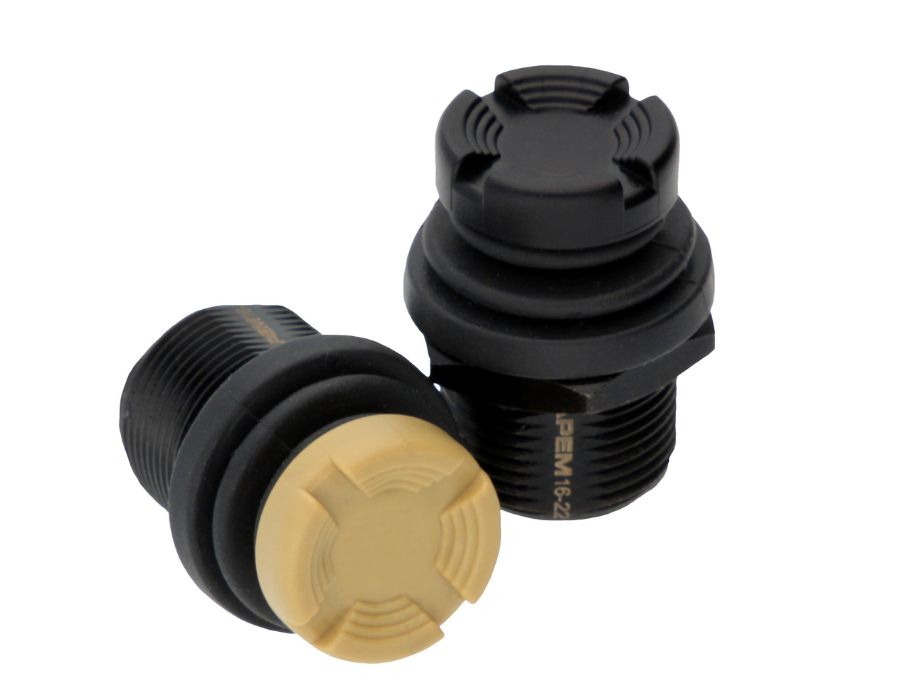From the gaming consoles of our youth to the heavy machinery that builds our world, thumbsticks have undergone a fascinating evolution. Dive into the story of how a simple gaming innovation became an integral part of modern industrial technology, shaping the way we interact with machines today.

The thumbstick as we know it today first made an appearance in the gaming world in the late 1980s when the idea to use your thumbs as control digits was implemented on a new handheld controller. Back then they were called thumbpads and as gaming companies introduced new systems, they all adopted this new ergonomic control and replaced the D-Pad array of pushbuttons and fingertip joysticks used previously.
The use of the analogue thumb-control joysticks in gaming gave the user who, let’s face it back then, would have been a spotty faced teenager feverishly playing the latest release, a more accurate, responsive, and immersive experience.
Many of those young people would grow up to become engineers and operators of all sorts of machinery, therefore it was just a matter of time that heavy duty, sealed and robust Hall effect thumbsticks would move into industrial applications such as remote controls, belly boxes, and miniaturising CCTV workstations.
APEM introduced our first thumbstick in the late 2000s in the form of the TS Series, a 2-axis Hall effect thumbstick which was only available with one handle option but was panel sealed to IP65. It was well received in the marketplace and more options and new series were added.
Thumbsticks can be used for various purposes on remote controls and panel solutions, however, they can also be added to the face plates of handgrips, pendants, and fixed grips.








